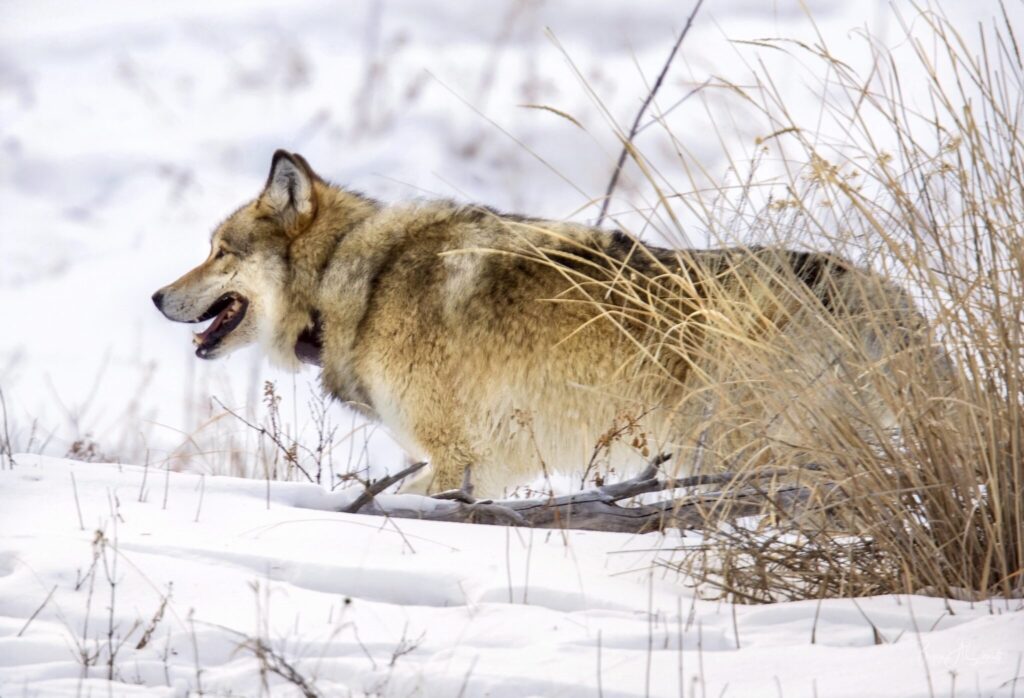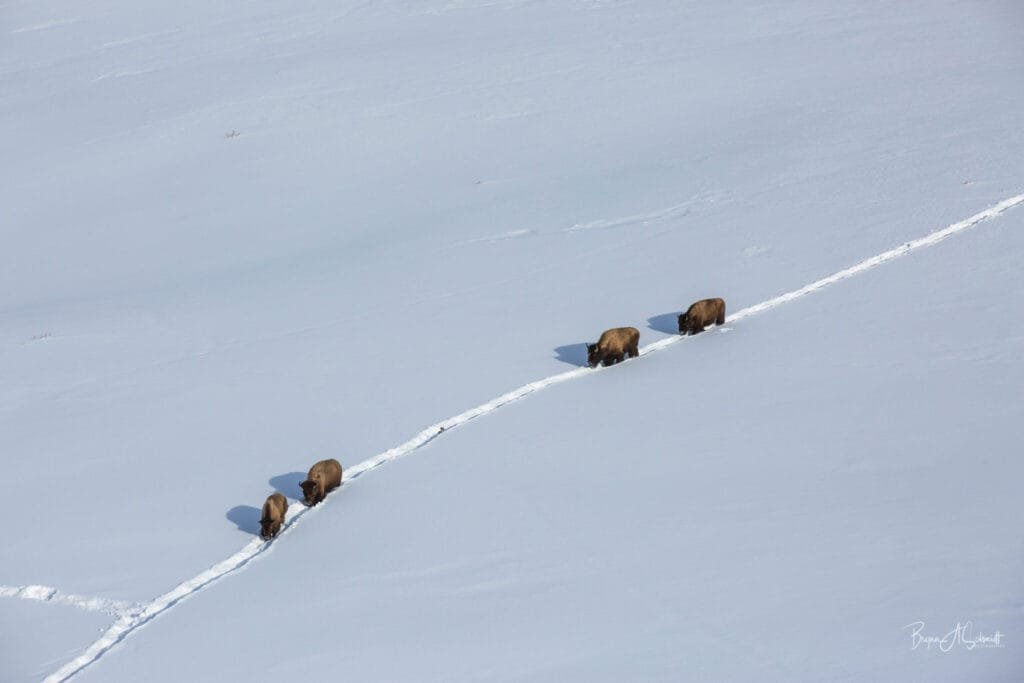by Brynn Schmidt
Nature First is a global movement of nature photographers who have taken a pledge to put nature ahead of our photography to preserve our wild places. We realize that our own actions as photographers have impacted the land and places we visit and we want to counteract that impact and preserve the wild places we love for future generations. While a lot has been written about this movement and landscape photography, we haven’t addressed the issues associated with wildlife photography quite as much. I thought I would take an opportunity to do that here and to encourage all of you to join us in this movement at Nature First Photography.
Let me start out by saying that I have not behaved perfectly in the past with wildlife photography. This is not a post to shame anyone in any way because I have been there, but to hopefully educate everyone a bit on how we can do better as wildlife photographers. I know that it is difficult as a wildlife photographer to balance getting close enough for a good shot and keeping a safe distance for yourself and the wildlife.
Since signing on with Nature First, I have been very careful in my photography to not impact an animal’s behavior and to obey all rules and regulations about the correct distance. I can often get the shot from a safe distance, but not always the shot I want. In these situations, I now put wildlife first and walk away without the shot. I have learned that I feel much better about myself when I do this than the couple times I have pushed the boundaries of what I know to be smart wildlife photography. There were two times where I felt I went a little too far in trying to get the shot and I don’t even enjoy the images as much because I know what I did was wrong and may have bothered the animal a bit. I have never approached wildlife in a dangerous way and this is really important. Still, I can do better and am working on that all the time now.

So, lets look at the Nature First principles and how we can work to apply them to wildlife photography and become better advocates for our wildlife:
PRIORITIZE THE WELL-BEING OF NATURE OVER PHOTOGRAPHY
This principle is pretty basic when it comes to wildlife but can be hard to follow through on when we get caught up in getting the shot we are hoping for. Putting nature first means putting wildlife first – always. In national and state parks, this means keeping the distance required by law from the animals. In areas with less rules or in your own neighborhood, it means discerning what is appropriate. For the foxes that I photograph in our backyard, I basically keep the same distance that I would in a national park and also make sure that my camera and position never impacts or changes the animal’s behavior. Putting wildlife first means not interrupting their actions or the path they are trying to take. It also means following all other rules regarding wildlife such as shining lights on them or calling to them with animal noises. I have found that I am always so happy with my photos when I know the wildlife wasn’t concerned in any way about me and that I didn’t interfere with them. For shots where this isn’t possible, I have learned to just enjoy watching the animal in its habitat and maybe doing a phone video to capture the moment for me to watch later. This can be done at a good distance when you aren’t worried about getting the photo anymore.
EDUCATE YOURSELF ABOUT THE PLACES YOU PHOTOGRAPH
This is a really important and easy one, especially since most of the wildlife we photograph is in national parks. We can make sure we know the park’s rules and regulations for distance required from wildlife. This varies in some parks, so know before you go. The distances allowed vary from viewing a grizzly bear to an elk as well. For example, in Yellowstone National Park, you must keep 100 yards between you and grizzlies and wolves, but only 25 yards between you and elk. Also, learn all the other rules such as never approaching or feeding wildlife, etc. This information is easily found on park websites and maps when you enter the park. In Smoky Mountains National Park, you have to keep 50 yards between you and elk and black bears.
So pay attention as rules are different in our parks. I would still be very careful with the distance rules as wildlife moves fast and you can still end up in a dangerous situation. One time in Glacier, we were a good 75 yards away from a moose and her calf. Then a bull came out of the willows and punched the female with his front legs and immediately chased her across the shallow lake right to where we were sitting. We had less than 5 seconds to get away and in between trees before they thundered behind us and around us. That crazy experience taught us to be more careful than even what the park rules suggest. Another example is running into a grizzly sow and two cubs on a trail in Glacier. Instead of continuing on when they were 75 yards away, we chose to back up slowly and exit the trail for the day. So, most importantly, be smart and that starts with education.

REFLECT ON THE POSSIBLE IMPACT OF YOUR ACTIONS
Our actions are extremely important when dealing with wildlife. Our behavior can interfere with wildlife taking care of their young, abandoning their young and mating. Also, there are times that we don’t even know the impact, such as Yellowstone bison in winter. The first couple winters I spent in Yellowstone, I didn’t realize that driving up on a herd of bison on the road can cause them to run – when they need to conserve all of their energy to just survive. For the last several years, when I come up on bison on the road, I stop. I take my time and move the car slowly forward until the herd moves off the road.
While many people won’t do this, those of us who photograph wildlife do it because we love these animals. Also, when too many people get too close to animals or allow them access to food, we can lose our precious wildlife if they become too acclimated to people. We see this especially with black and grizzly bears who end up euthanized if they interact with people too much and end up showing any aggression. We can do our part to take care of our animals and protect them in some pretty easy ways. Also, if we get to close to a wild animal, we can put ourselves in danger and not just the animal, as we have all seen happen with bison, elk and tourists in Yellowstone.
USE DISCRETION IF SHARING LOCATIONS
I think this is one of the easiest ways we can protect wildlife once we are back home and sharing our photos. Share the national park you were or are at, share the area with others in general, but consider not posting exactly where you saw the wildlife. Imagine if ten people were watching a grizzly bear and then all went home and posted the exact location. The next day there could be hundreds of people looking for this bear and that would overwhelm it. This is just a suggestion but one I stick to. I still share the national park I took the photo in, I just don’t give specifics. If someone cares enough about where you saw the animal, you can have them privately message you and share with them that way if you want to. Just take time to consider whether sharing locations is worth it or not. This will vary for everyone.
KNOW AND FOLLOW RULES AND REGULATIONS
I touched on this one under educating yourself about where you photograph wildlife. I would just reemphasize that it is very important to follow all rules and regulations. They are there to keep us safe as well as the wildlife.

ALWAYS FOLLOW LEAVE NO TRACE PRINCIPLES AND STRIVE TO LEAVE PLACES BETTER THAN YOU FOUND THEM
If you aren’t familiar with Leave No Trace principles, please learn about them. They provide great advice for all of us to take care of our environment whether we are photographers, hikers, campers, climbers, etc. As wildlife lovers, we need to follow the guidelines of not hiking through sensitive habitat or places we shouldn’t be, along with respecting wildlife. You can find the principles and more here.
ACTIVELY PROMOTE AND EDUCATE OTHERS ABOUT THESE PRINCIPLES
I love this principle as it is always a goal of mine to teach others what I know about our wild places and wildlife. My parents educated me on all these things throughout my life and as a parent, I have done the same thing to instill a love of nature into our kids. As they have learned about nature and wildlife throughout their lives, the lessons have come with education on why it is important to protect our wild places and how they can take part. I love meeting people in our parks and sharing knowledge I have about a certain animal. Honestly, I am a bit of a wildlife dork and full of lots of information.
When watching wolves and grizzlies, I always share our scope with others as it allows them to often see their first wolf or bear. I then get the opportunity to share what I know about these animals and how we can protect them. It is an easy way to start a conversation and then I can move it into a broader conversation of the principles that I follow in general with Nature First while out in nature. Try and be creative in ways that you share these principles and educate others. I recently saw a Facebook post from Great Smoky Mountains National Park that used the term “social distancing” for people with the park’s wildlife – I thought this was a really clever and relevant way to remind people to keep safe distances from wildlife. It was pretty entertaining too in the current culture we live in.

This time where we are all at home a lot more and not out capturing as many wildlife images is a great time to think about our future actions, educate ourselves more and plan ahead for when we can get back out in nature. If you have any questions or want more information, feel free to email me at brynn@flatironsphotography.com.
